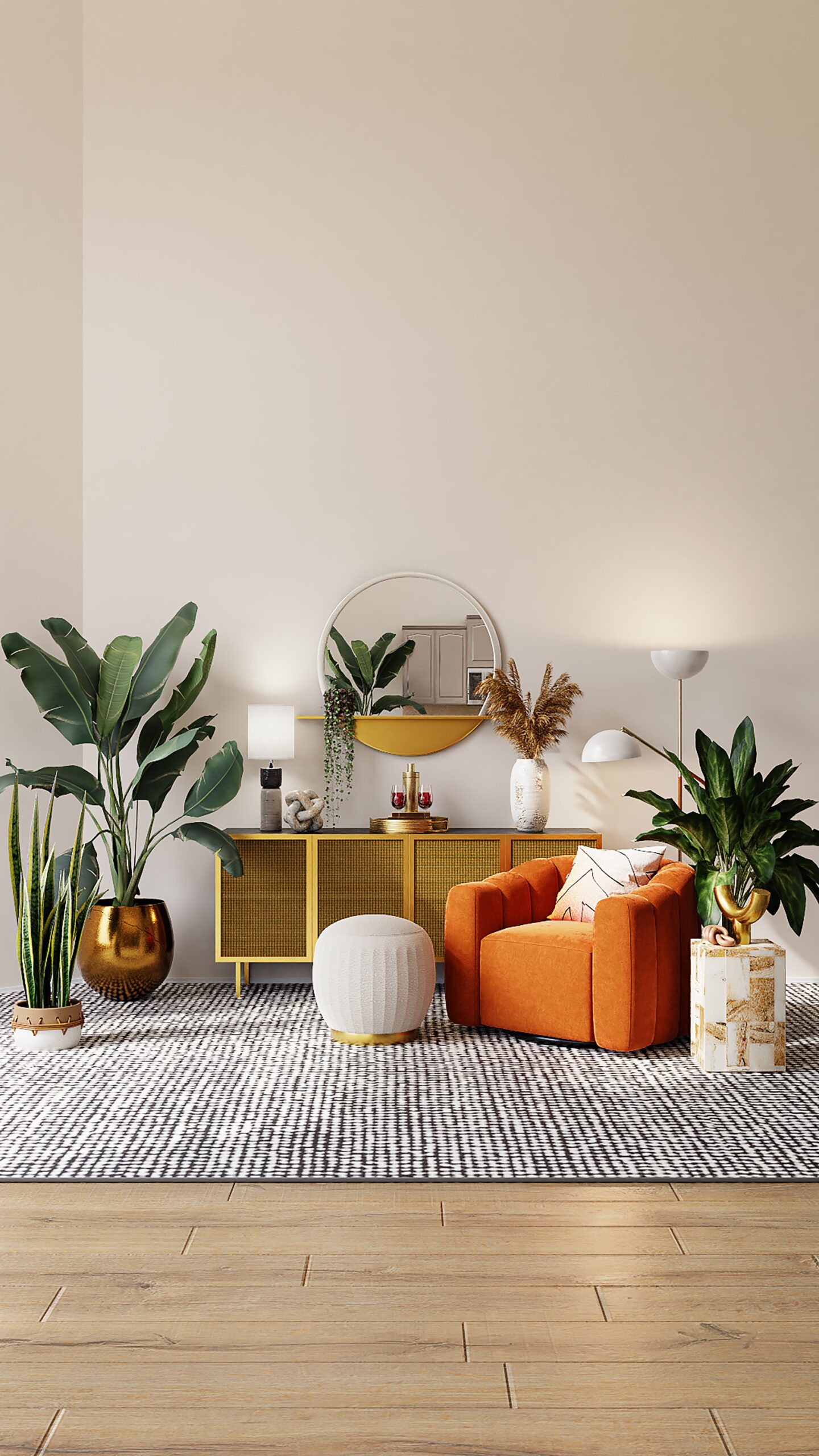Interior design is an art and science that involves creating functional and aesthetically pleasing spaces within a given structure. The role of an interior designer is to transform an ordinary space into a visually appealing and functional environment. In this blog post, we will explore the various aspects of an interior designer’s role and the skills required to excel in this profession.
1. Space Planning and Layout
One of the primary responsibilities of an interior designer is to plan and optimize the use of space. They analyze the available area and determine the best arrangement of furniture, fixtures, and other elements to ensure efficient functionality and flow. By considering factors such as traffic patterns, accessibility, and user requirements, interior designers create layouts that maximize the potential of a space.
2. Concept Development and Design
Interior designers work closely with clients to understand their vision and requirements. Based on this information, they develop design concepts that align with the client’s preferences and the intended purpose of the space. This involves selecting appropriate color schemes, materials, textures, and furnishings to create a cohesive and harmonious design scheme.
3. Material Selection and Specification
An important aspect of an interior designer’s role is selecting and specifying materials for various elements within a space. This includes choosing flooring, wall finishes, lighting fixtures, furniture, and accessories. Interior designers possess extensive knowledge of different materials, their properties, and their suitability for specific applications. They consider factors such as durability, maintenance requirements, and aesthetics to make informed decisions.
4. Collaboration with Architects and Contractors
Interior designers often collaborate with architects and contractors during the construction or renovation of a space. They work together to ensure that the design vision is implemented effectively and that all technical specifications are met. This collaboration involves coordinating with professionals from other disciplines to integrate design elements seamlessly into the overall project.
5. Budgeting and Project Management
Interior designers are responsible for managing budgets and timelines for their projects. They work closely with clients to establish a budget and allocate resources accordingly. Throughout the project, they monitor expenses, source materials within the budget, and ensure that the project stays on track. Additionally, interior designers oversee the installation and implementation of the design plan, ensuring that it is executed as envisioned.
6. Knowledge of Building Codes and Regulations
Interior designers possess a comprehensive understanding of building codes and regulations. They ensure that their designs comply with safety, accessibility, and environmental standards. By staying up-to-date with industry guidelines and local regulations, interior designers create spaces that are not only visually appealing but also functional and compliant.
7. Client Communication and Relationship Building
Effective communication is crucial for an interior designer’s success. They must listen to their clients’ needs, provide clear explanations of design concepts, and manage expectations throughout the project. Building strong relationships with clients is essential for repeat business and positive referrals.
In conclusion, the role of an interior designer encompasses various aspects, including space planning, concept development, material selection, collaboration with professionals, budgeting, and project management. By combining their creativity, technical knowledge, and client-centered approach, interior designers create spaces that are both functional and visually appealing.




